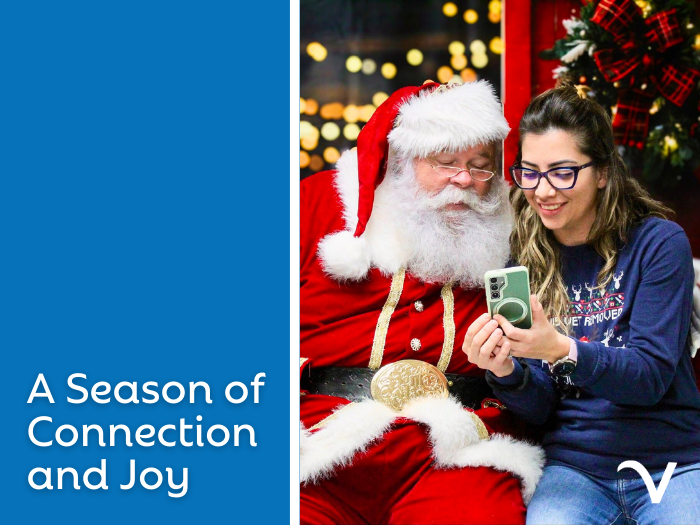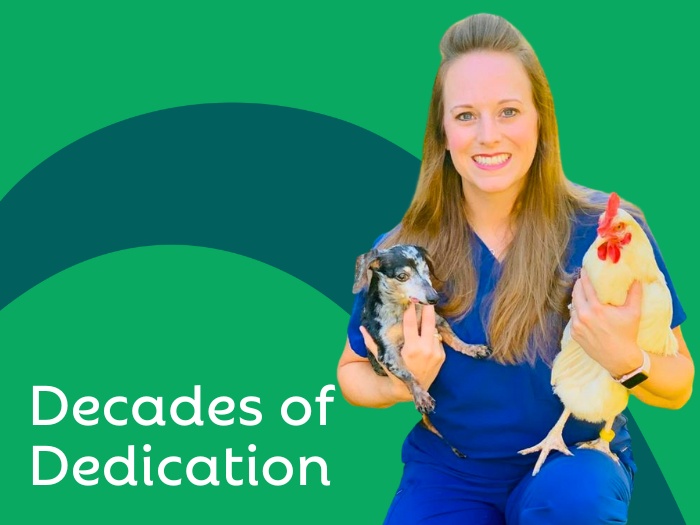On COVID & Making Curbside Care Adjustments

September 28, 2020
The pandemic has forced us all to make changes to our lives. For our practices, it’s meant changing the way they conduct appointments in order to continue safely caring for pets. Back in March, they made a (mostly) smooth transition from seeing appointments in-person to providing curbside care. And throughout it all, our team of vet leaders was right there with them facilitating important discussions, solving problems, sharing best practices, and creating valuable connections between hospitals.
As the months have passed, our practices have settled into their new curbside care routines. Among the many changes they’ve made, they’ve added helpful signage to their parking lots and utilized telemedicine to make their clients feel more included in their pets’ appointments. They truly haven’t missed a beat and our vet leaders have been providing them with guidance and support every step of the way.
For the most part, our vet leaders have helped our practices refine their curbside processes and procedures to ensure the safety of both employees and clients. Because each leader is connected to a number of practices – each of which has a unique approach to curbside care – they can collect a wide variety of knowledge and share all kinds of success stories to aid other hospitals in overcoming their own challenges.
Working through a pandemic has posed new challenges in terms of keeping people safe but we’ve been overcoming those obstacles together. One of our vet leaders, Dr. Sara Mey, recently worked with a Chief of Staff who was concerned that neither her city nor state had mandated residents to wear masks. She wanted to do what was best for her team to keep them safe and healthy but didn’t know how to navigate the situation without a mandate. Dr. Mey provided that Chief of Staff with guidance and empowered them to do what was best for the health and safety of their team.
On the other end of that spectrum, a few of our practices have started offering a small number of in-person appointments. In some cases, practices are offering a limited number of in-person appointments while ensuring no more than one client is in the building at any given time. In other cases, practices may be making sole exceptions for euthanasia appointments. Regardless of the situation, our practices ensure they’re following federal, state, and local regulations before allowing any clients into the building.
Another vet leader, Dr. Gerry Ramsdell, explains that there are numerous factors that come into play when it comes to how those Chiefs of Staff make decisions regarding in-person appointments, including size, space, number of entrances/exits, and number of available employees. Being able to have clients enter and exit through separate doors is an important factor as is having extra staff available solely responsible for thoroughly clean exam rooms between appointments.
As Dr. Ramsdell noted, “The hospitals that have been the most successful have at least two exam rooms per doctor on the schedule,” which gives staff time to clean rooms between visits. He also explained that a number of hospitals have buzzer locks on their front doors to require clients to request entry which allows practice teams to better control the traffic flow. In fact, it’s a system he’ll be implementing at his own hospital when he gets to that stage.
As always, our number one goal remains providing pets with necessary care while keeping our teams and their clients healthy and safe and, thanks to our vet leaders, we can do just that.




